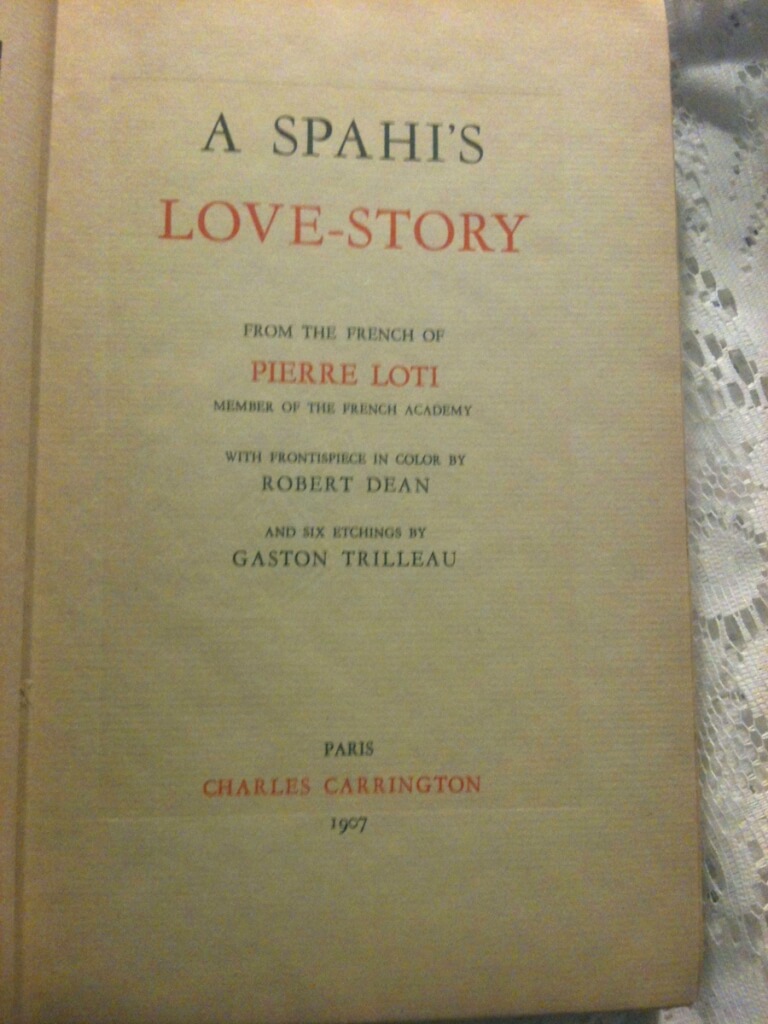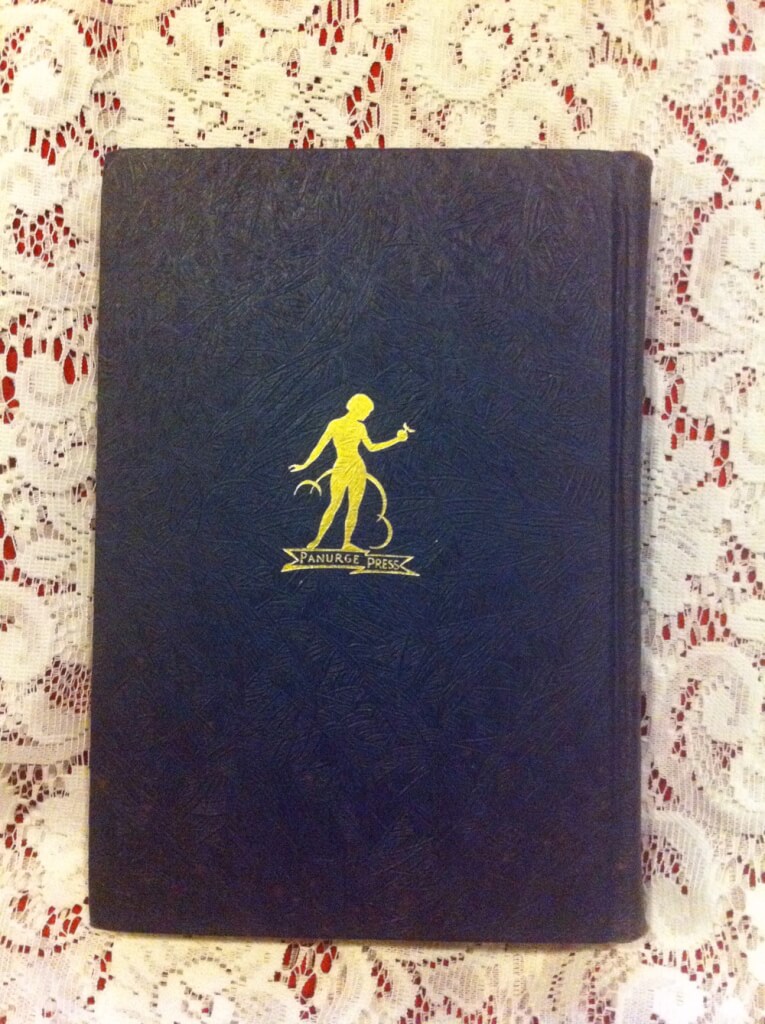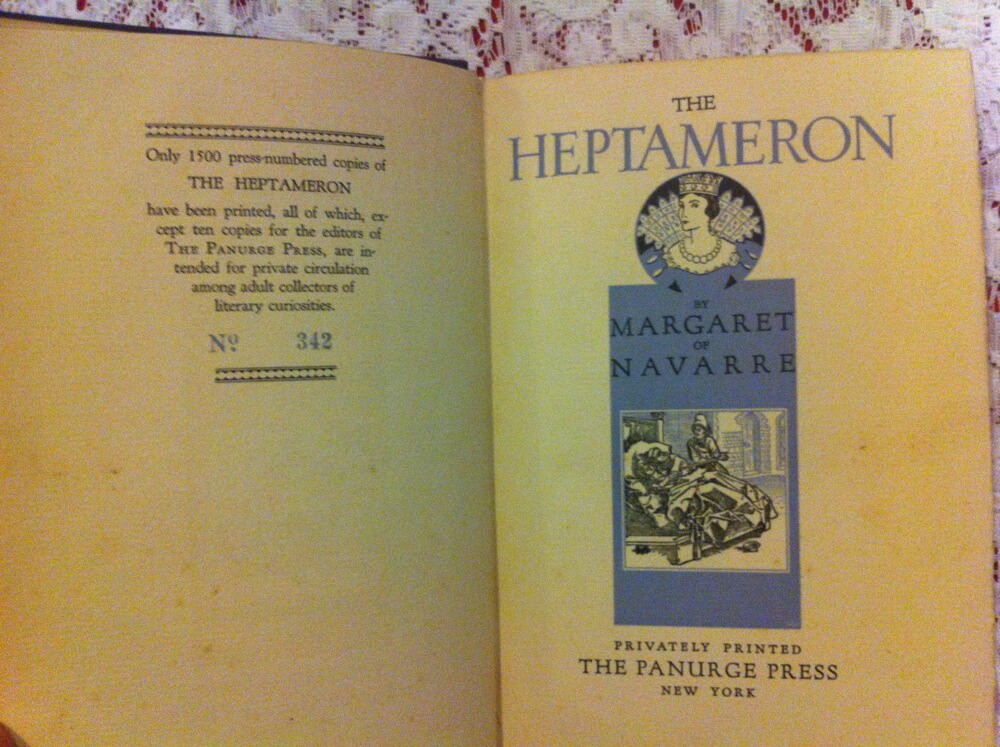Metamorphoseon libri XV cum notis Th. Farnabii, P. Ovid Nasinis, (Paris, Pierre Esclassan, printed for Joan Blaeu, Amsterdam, 1763)
3.5″x5.75″, 380pp+2, full leather with gilt decorations, 5 raised bands,gilt titles on spine, marbled boards, very good condition for age, frontispiece presumably engraved by Joan Blaeu, some are fold-outs, text in Latin with numerous notes.
Joan [Johannes] Blaeu (1596 - 1673) was a Dutch cartographer born in Alkmaar, the son of tne noted cartographer Willem Blaeu.
Pierre Esclassan (1643?-1718) was a bookseller and printer. He was born in Garans, Toulouse, France and apprenticed with Claude Thiboust, eventually becoming a partner. He was imprisoned in 1674-75 for the printing and trade in prohibited books along with his brother and fellow printer Dominique Esclassan and accomplice Louis Prussurot. He was sentenced to a fine and a 9 banishment but then the same year pardoned by the court. He continued to work in association with Claude Thiboust and then 1694 Caude’s son, Claude-Louis Thiboust, until his death in 1718.
Decorations on the front and back covers say "IESVS MARIA" which could possibly indicate that it is from Congrégation des Religeuses de Jésus-Marie (founded in 1815, in France by Claudina Thévenet) or possibly bound for Francisco de Jesus Maria Sarmento (1713-1790), (author, jurist, theologian) or someone from the Jesus Maria family originally from Coimbra, Portugal. More research would need to be done to determine the true meaning of the decoration.
Ovid (Pūblius Ovidius Nāsō, 43BC – 17/18AD) was a Roman poet who lived during the reign of Augustus. He was a contemporary of the older Virgil and Horace, with whom he is often ranked as one of the three canonical poets of Latin literature. Although Ovid enjoyed enormous popularity during his lifetime, in 8AD the emperor Augustus banished him to a remote province on the Black Sea, where he remained until his death.
The first major Roman poet to begin his career during the reign of Augustus, Ovid is today best known for the Metamorphoses, a 15-book continuous mythological narrative written in the meter of epic, and for works in elegiac couplets such as Ars Amatoria ("The Art of Love") and Fasti. His poetry was much imitated during Late Antiquity and the Middle Ages, and greatly influenced Western art and literature.
The Metamorphoses remains one of the most important sources of classical mythology.
The Metamorphoses (from Ancient Greek: μεταμορφώσεις: "Transformations") is an 8 AD Latin narrative poem by the Roman poet Ovid, considered his magnum opus. Comprising 11,995 lines, 15 books and over 250 myths, the Metamorphoses is comprehensive in its chronology, recounting the creation of the world to the death of Julius Caesar, which had occurred only a year before Ovid's birth; it has been compared to works of universal history, which became important in the 1st century BC. In spite of its apparently unbroken chronology, scholar Brooks Otis has identified four divisions in the narrative:
Book I – Book II (end, line 875): The Divine Comedy
Book III – Book VI, 400: The Avenging Gods
Book VI, 401 – Book XI (end, line 795): The Pathos of Love
Book XII – Book XV (end, line 879): Rome and the Deified Ruler
Ovid works his way through his subject matter, often in an apparently arbitrary fashion, by jumping from one transformation tale to another, sometimes retelling what had come to be seen as central events in the world of Greek mythology and sometimes straying in odd directions. It begins with the ritual "invocation of the muse", and makes use of traditional epithets and circumlocutions. But instead of following and extolling the deeds of a human hero, it leaps from story to story with little connection.
The recurring theme, as with nearly all of Ovid's work, is love—be it personal love or love personified in the figure of Amor (Cupid). Indeed, the other Roman gods are repeatedly perplexed, humiliated, and made ridiculous by Amor, an otherwise relatively minor god of the pantheon, who is the closest thing this putative mock-epic has to a hero. Apollo comes in for particular ridicule as Ovid shows how irrational love can confound the god out of reason. The work as a whole inverts the accepted order, elevating humans and human passions while making the gods and their desires and conquests objects of low humor.
The Metamorphoses ends with an epilogue (Book XV.871–9), one of only two surviving Latin epics to do so. The ending acts as a declaration that everything except his poetry—even Rome—must give way to change:
Now stands my task accomplished, such a work
As not the wrath of Jove, nor fire nor sword
Nor the devouring ages can destroy.
One of the most influential works in Western culture, the Metamorphoses has inspired such authors as Dante Alighieri, Giovanni Boccaccio, Geoffrey Chaucer, and William Shakespeare. Numerous episodes from the poem have been depicted in acclaimed works of sculpture, painting, and music.





















